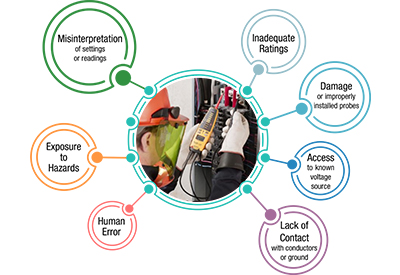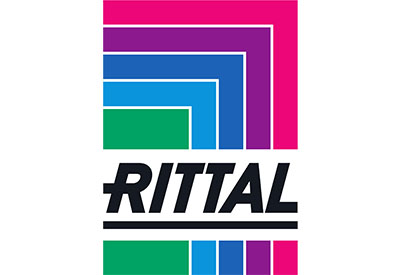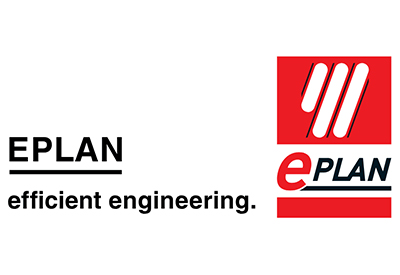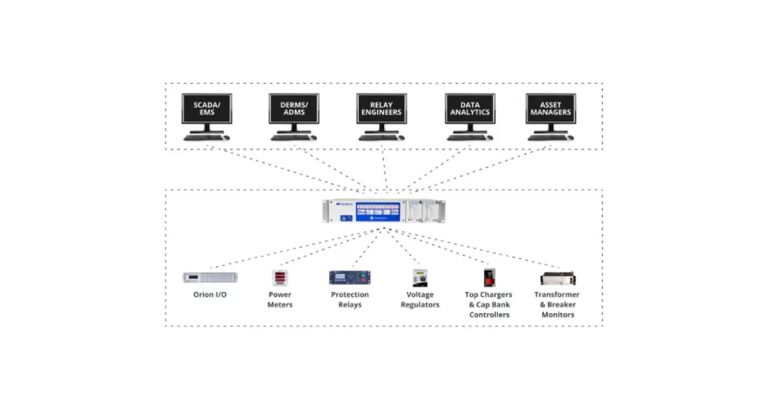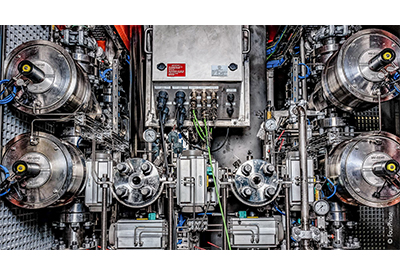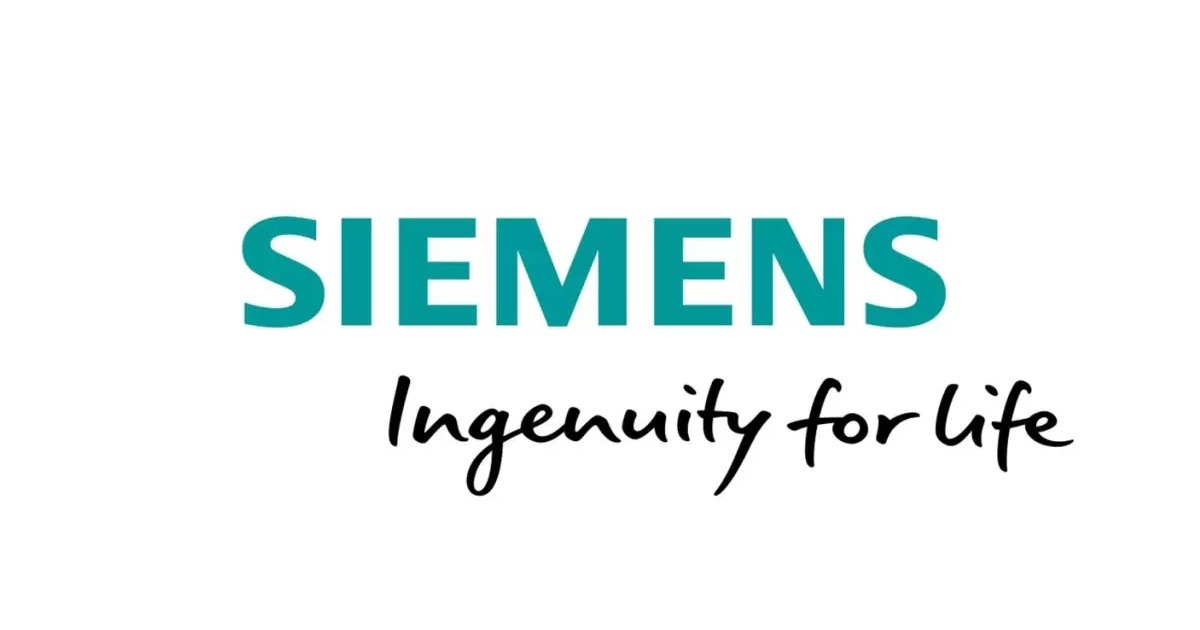How Predictive Maintenance Solutions Can Help Manufacturers Overcome Worker Shortages

February 23, 2021
By Mathieu Paré, Application Specialist Omron Automation Americas
One of the pressing challenges faced by today’s manufacturing companies is a shortage of skilled workers. This shortage spans a wide range of roles from visual inspections to equipment maintenance. What’s more, Forbes forecast last year that the current labour shortage will continue to get worse, reaching up to 2.4 million by 2028.
As experienced workers retire and manufacturers struggle to fill these roles, it’s important to keep in mind that some of the latest automation technologies can mitigate this issue. In particular, predictive maintenance solutions are well-suited to keeping machines running smoothly.
Let’s take a look at some of the implications of the labour shortage and see how predictive maintenance solutions can help.
Issue #1: Many companies will have no in-house preventive maintenance support.
Preventive maintenance – as opposed to predictive maintenance – relies on experienced workers executing time-consuming tasks on a regular basis. Without in-house employees capable of performing these activities, manufacturers will have to rely on third-party service providers. This can drive costs up and increase complexity.
Fortunately, predictive maintenance devices can help companies stay ahead of potential problems. These technologies monitor equipment on a 24/7 basis and provide status updates in real time. In effect, these solutions are stronger than the ones centered around periodic maintenance because they catch issues at any point in time – not just at specific intervals.
Issue #2: Companies will face a loss of domain knowledge as experienced workers retire.
It’s a quirk of the manufacturing industry that there are lots of workers hitting retirement age with very few who are at the midpoint in their careers. This poses a huge challenge for training new hires. If the older workers retire before enough younger workers can be brought in, there probably won’t be enough of a window for transferring knowledge to the new generation.
Luckily, new technologies that are equipped with machine learning algorithms can go a long way in storing and reproducing human expertise. AI controllers are a great example of this. After monitoring plant equipment for a period of time, the AI controller builds a model of “normal” machine behavior and will sound an alarm when it detects anomalies.
Solutions like the AI controller can work as a bridge between the generation of retirees and the newest generation fresh out of school. It will still be necessary to train new hires on all things maintenance-related, but there will also be some very “knowledgeable” machinery making sure that things keep running smoothly.

